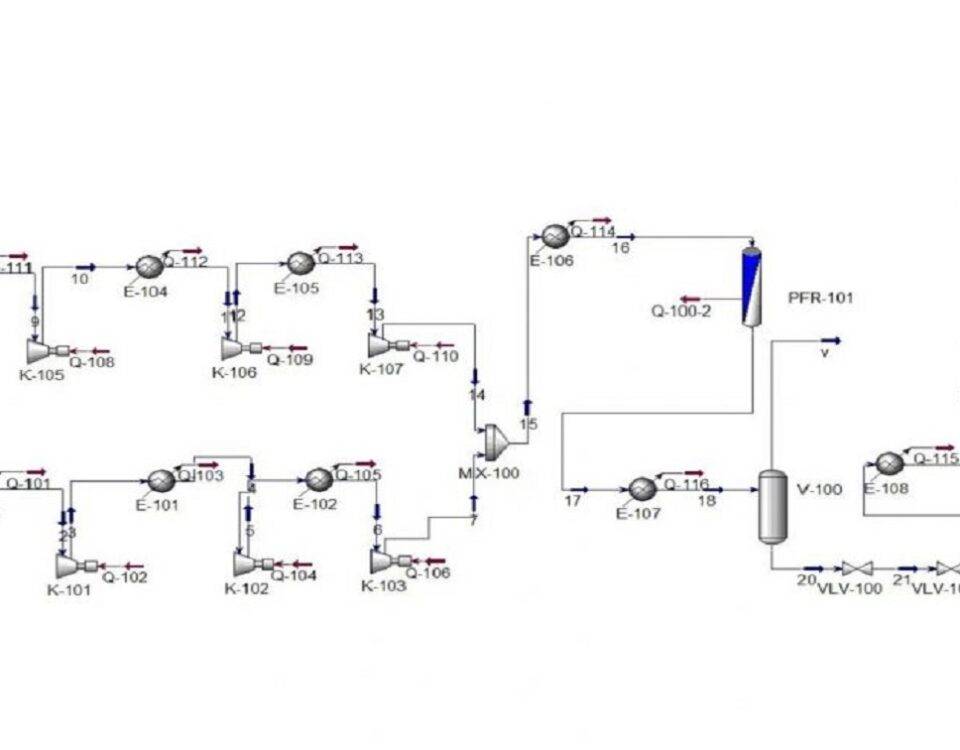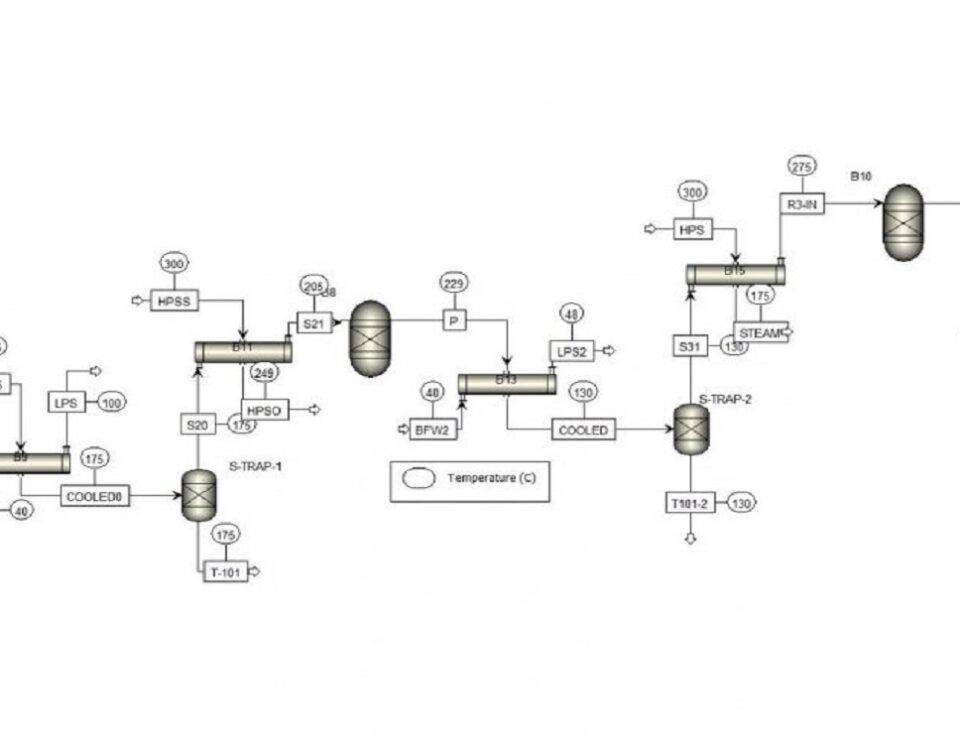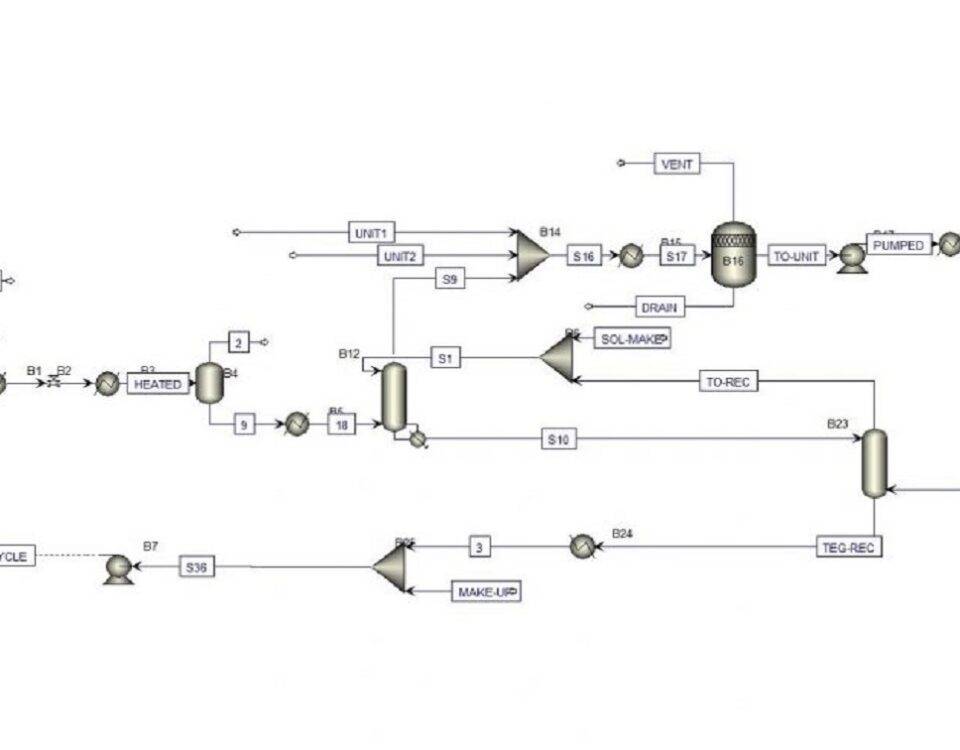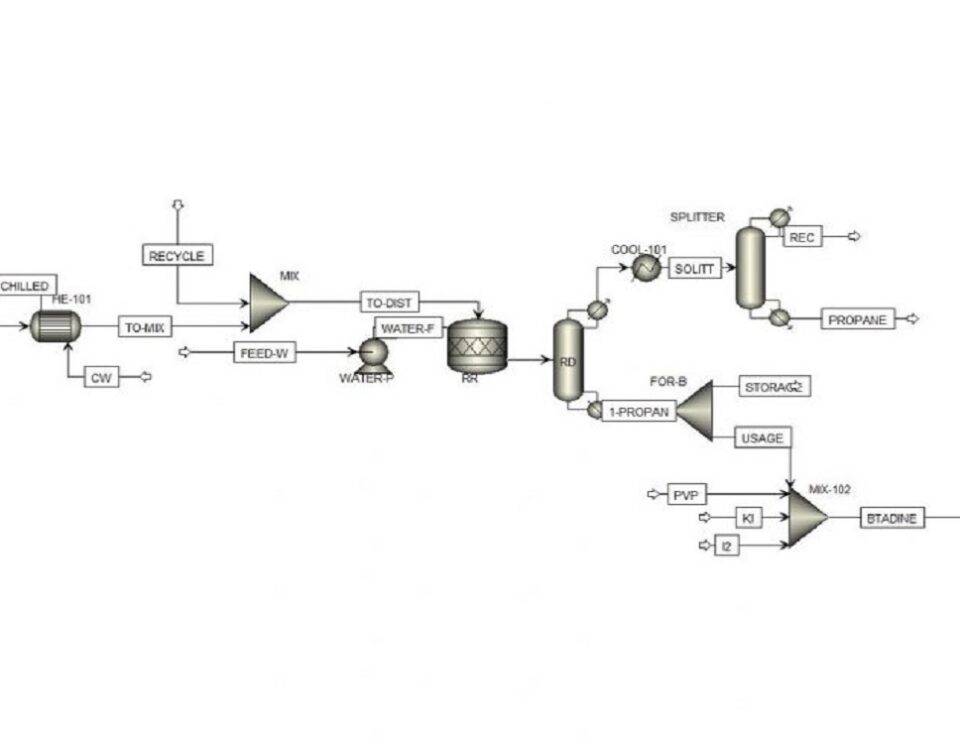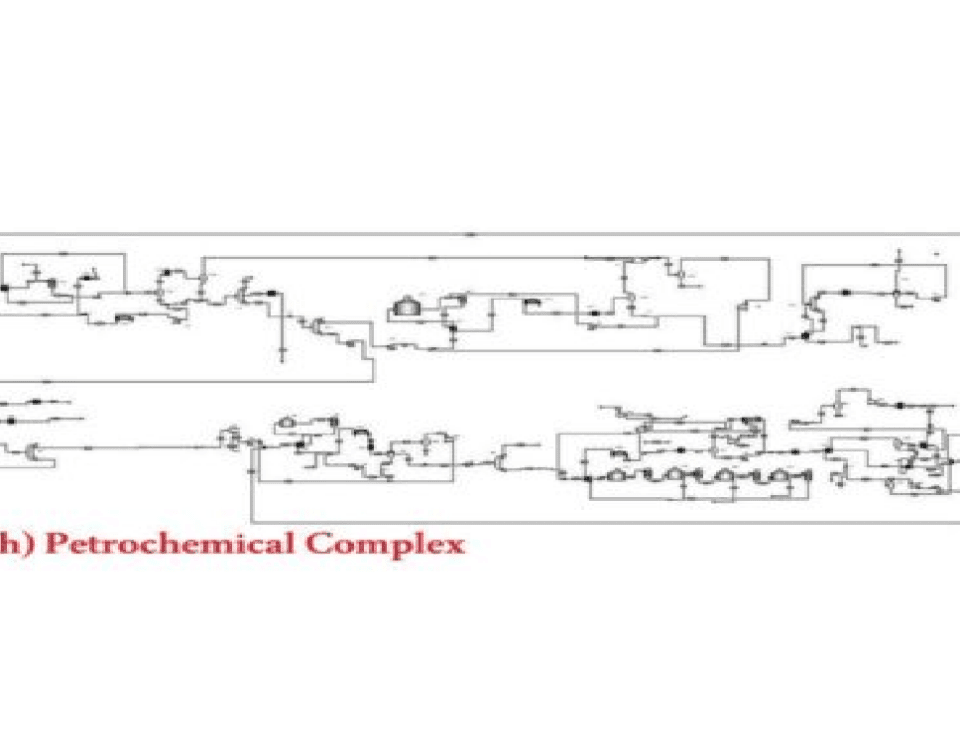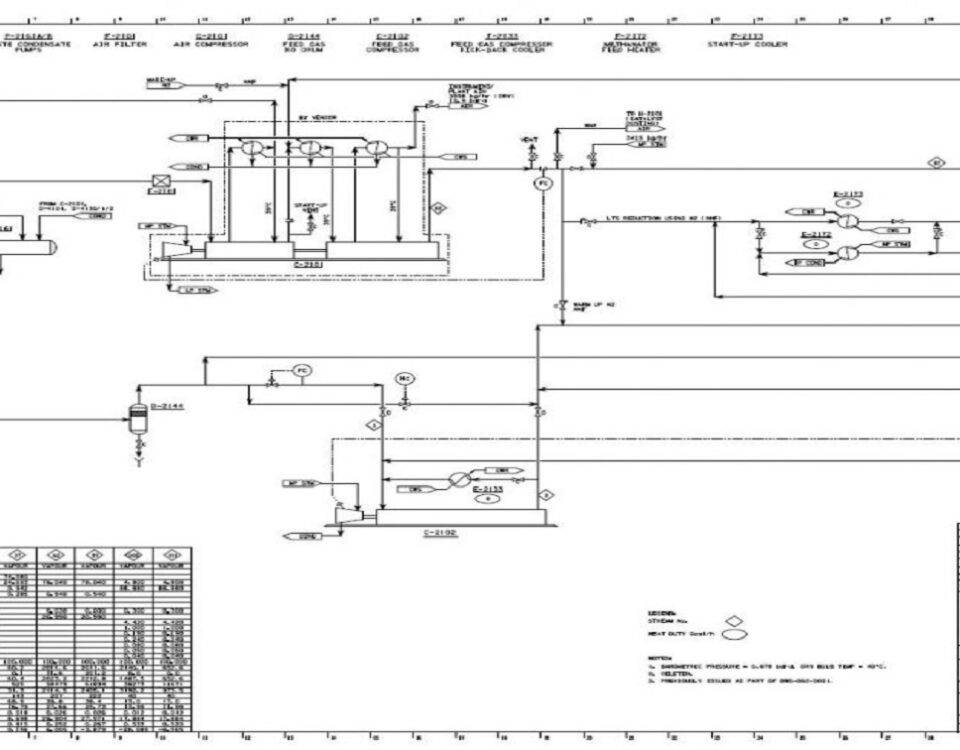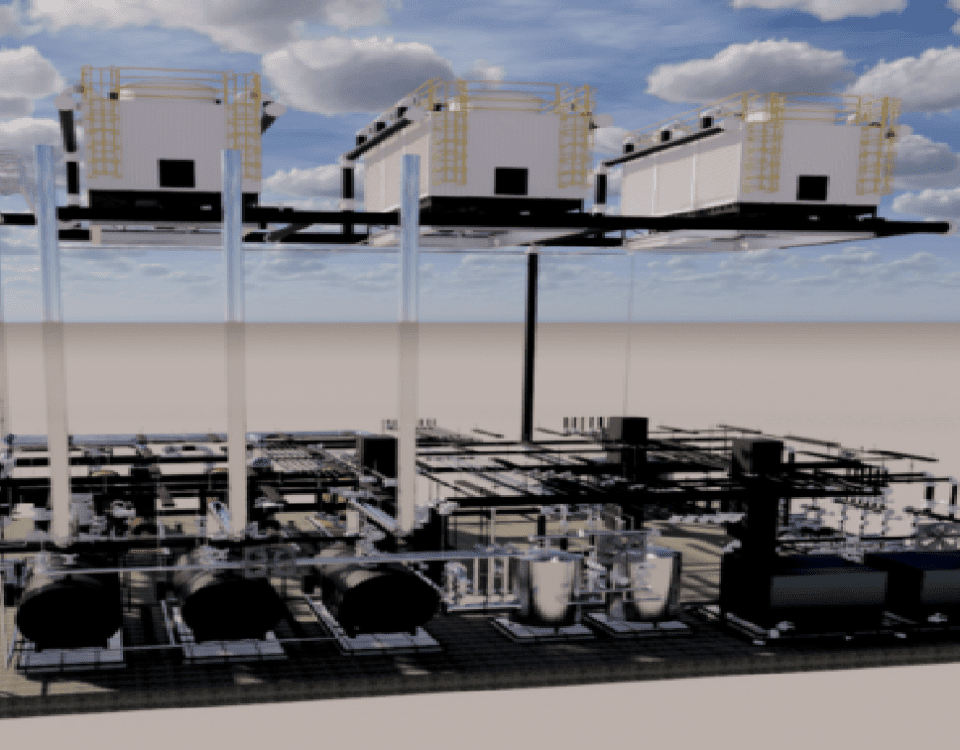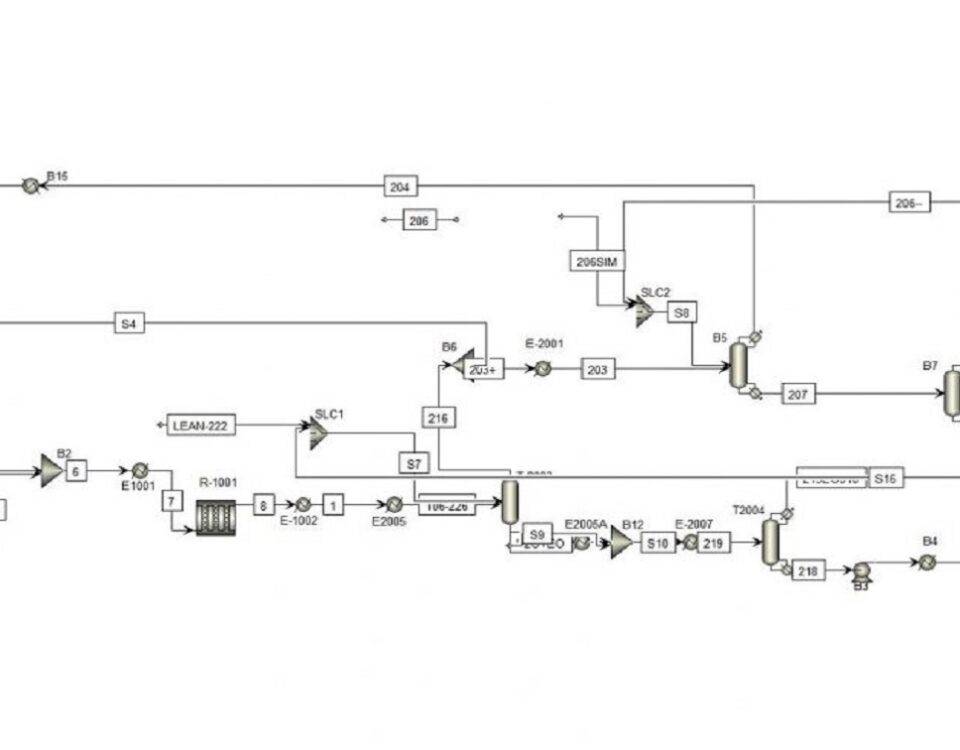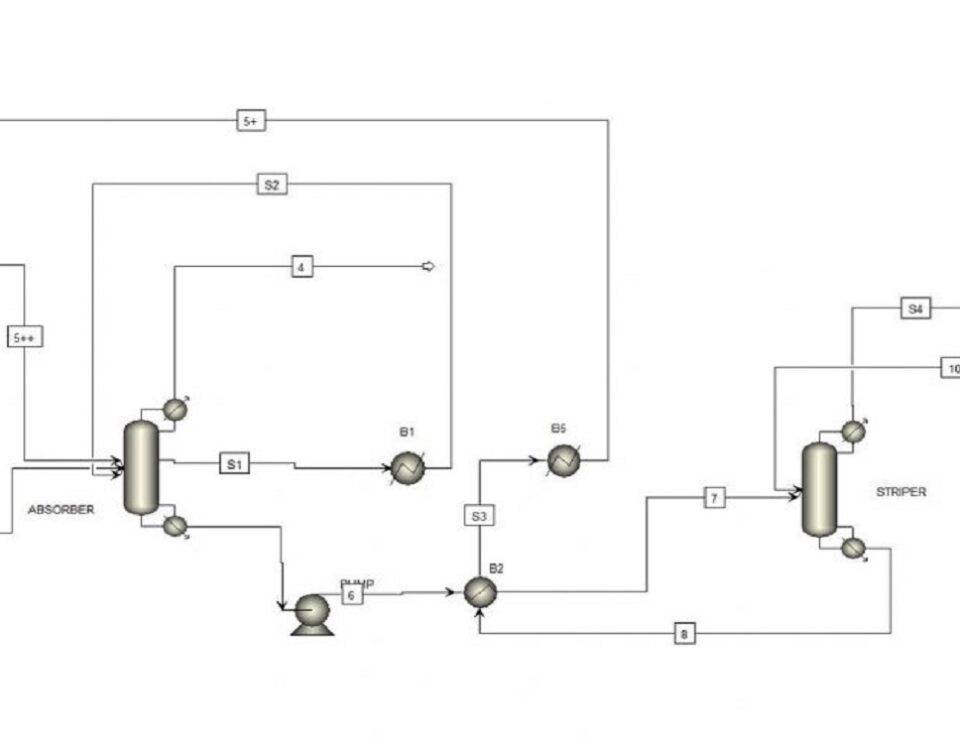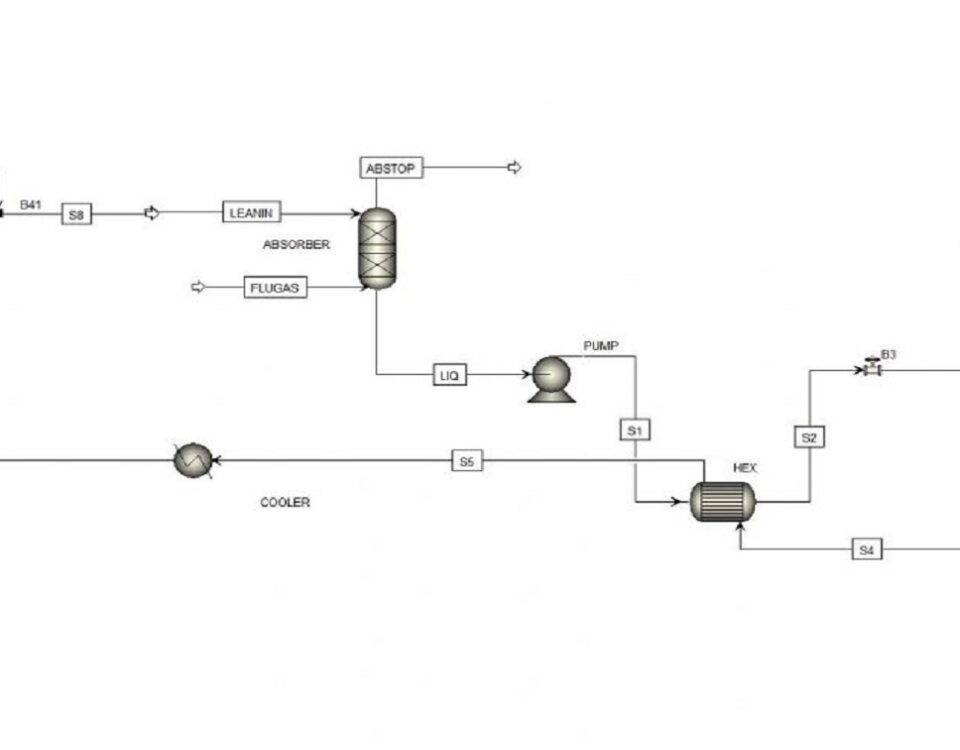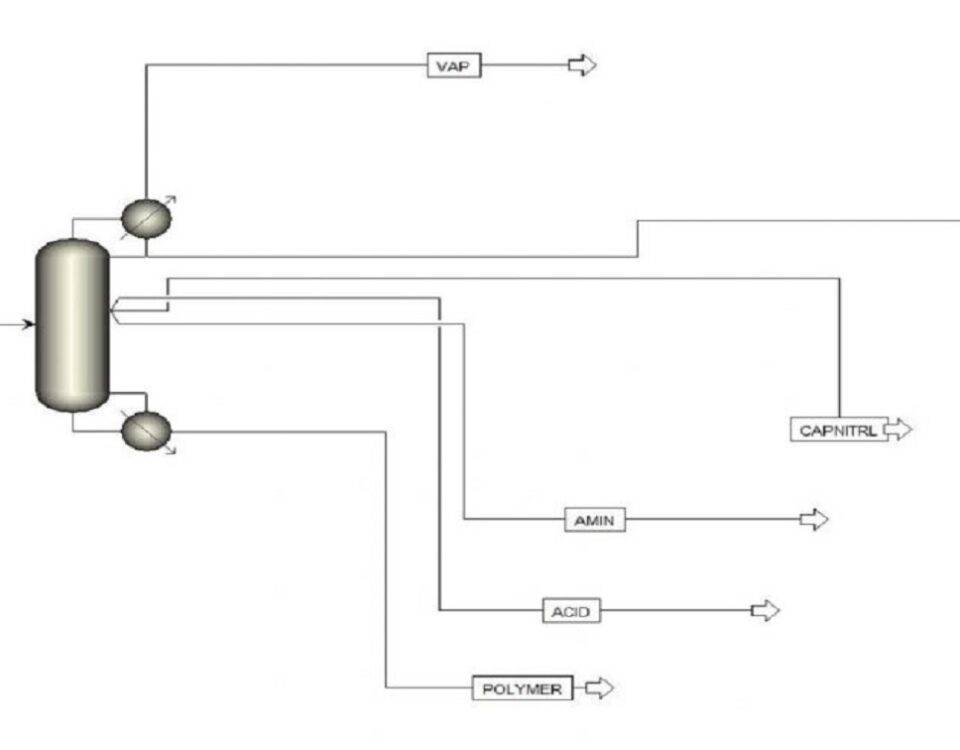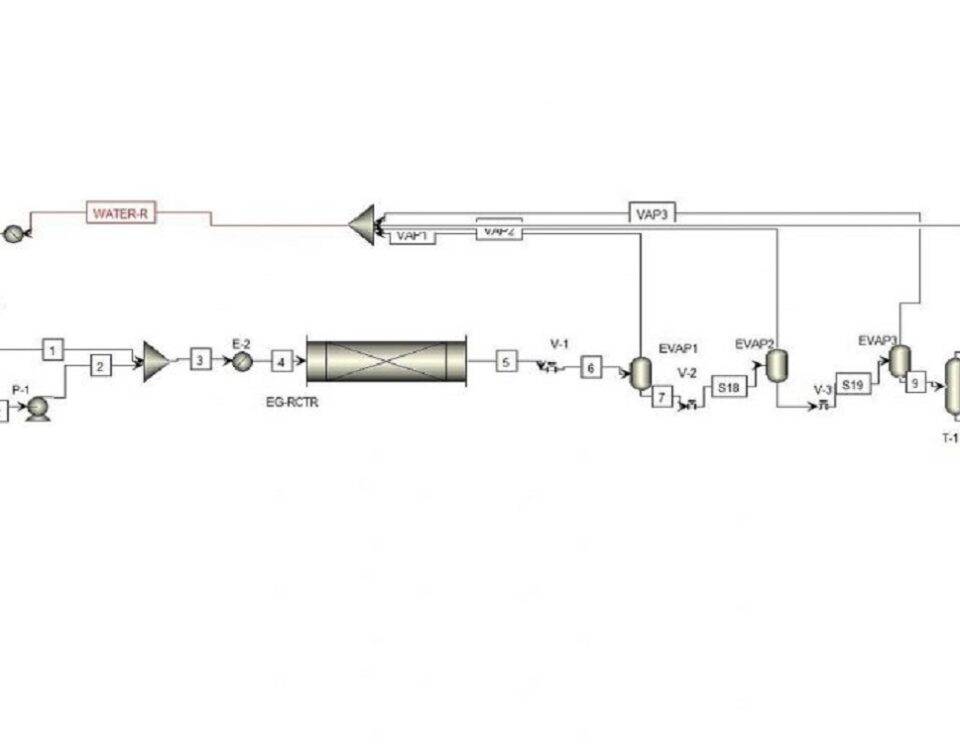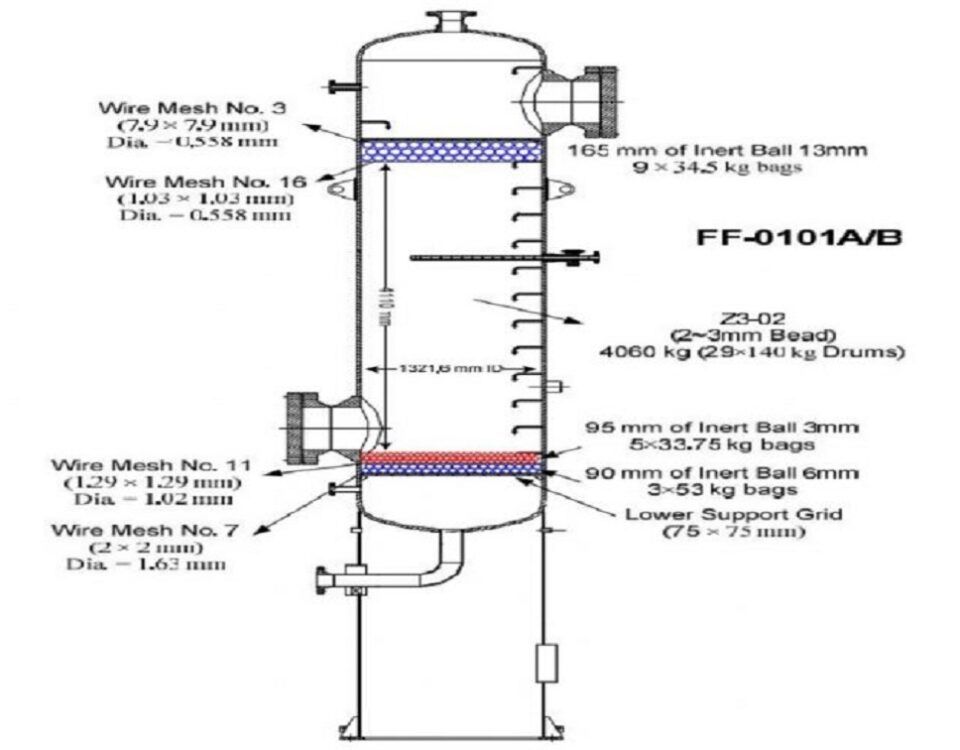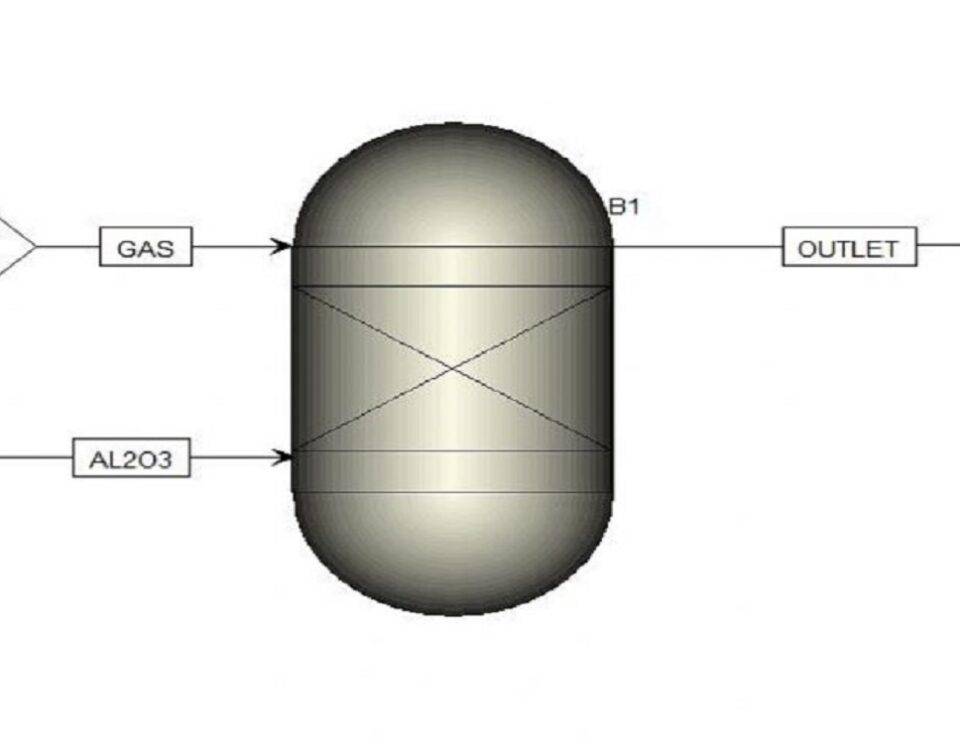
- Introduction Morvarid Petrochemical Company, located in the South Pars Special Economic Zone, is a strategic petrochemical complex in Iran, leveraging advanced technologies and direct access to […]
- Introduction A heat exchanger is an essential component in industrial and energy systems, designed to facilitate heat transfer between two or more fluids. Modeling and optimizing […]
- Introduction The simulation of a methanol production unit from carbon dioxide (CO2) using ASPEN HYSYS highlights the growing importance of this process in converting greenhouse gases […]
- Introduction This process is used to recover sulfur compounds from sour gas streams in oil and gas refineries to prevent the release of polluting gases and […]
- Introduction Natural gas often contains methane and some amounts of ethane, propane, butane, and heavier hydrocarbons. Along with these substances, there are also impurities that need […]
- Introduction Feasibility studies for the production of povidone-iodine (betadine) play a crucial role in assessing the viability of establishing a manufacturing facility for this widely used […]
- Introduction In this project, several process design exercises have been solved and reviewed with Aspen Plus and Hysys software. Class Exercise 1 Question 1 Simulation of […]
- Description Microchannels are very narrow channels with dimensions in the micrometer (millionth of a meter) scale. These small channels play a very important role in various […]
- Introduction The heat equation, which describes heat transfer in various materials, is used in many engineering fields including mechanics, chemistry, and materials science. The Crank-Nicolson method […]
- Introduction Heat Exchanger Network (HEN) design is a crucial aspect of chemical process design. It typically enables energy savings of 20-30% and reduces initial capital costs. […]
- Description Laplace’s equation is a very important partial differential equation in physics and engineering, widely used in problems related to physical potentials such as electric, gravitational, […]
- Introduction This project involved simulating the process units 100 to 700 of the Nouri Petrochemical Complex, a key and intricate industrial project. These units were modeled […]
- Description The design of the Kermanshah Petrochemical Ammonia Unit is based on reducing the energy of the ammonia process, under the technical knowledge (license) of Kellogg […]
- Introduction The design of a boiler room stands as a core element within the HVAC and mechanical systems of buildings and industrial facilities. It plays a […]
- Introduction Ethylene oxide, also known as oxirane, is an organic compound with the formula C₂H₄O. This colorless, flammable gas has a faintly sweet odor and is […]
- Introduction The majority of CO2 separation techniques involve physical or chemical absorption of CO2 into a suitable solvent. Due to the strong dependence of physical absorption […]
- Introduction Simulation of CO2 Capture Using Enhanced Amines: Most CO2 separation processes rely on physical or chemical absorption of CO2 in a suitable solvent. Physical absorption […]
- Introduction In recent years, various processes have been employed in the hydrogen industry. One of the most common methods for hydrogen production is natural gas reforming […]
- Introduction Plastics encompass a vast array of polymeric materials, constituting approximately 56% of all industrial polymers. Deriving from the Greek word “plastikos” meaning “capable of being […]
- Description The need to know the most optimal process is one of the most important issues that is accepted by all designers in the world today. […]
- Introduction The primary feedstocks for ammonia production units are sweet gas (methane) and atmospheric nitrogen. Methane, when mixed with steam and reacted in a primary reformer, […]
- Introduction Propylene, also known as propene or methyl ethylene, is readily obtained from light petroleum fractions. It can be produced by steam cracking of propane and […]
- Introduction Poly Aluminum Chloride (PAC), a widely used coagulant in water and wastewater treatment, is available in both food-grade and industrial-grade forms. It is also known […]
- Introduction The goal of this project is to simulate a reforming unit using the reaction of natural gas with carbon dioxide to produce dimethyl ether (DME). […]


